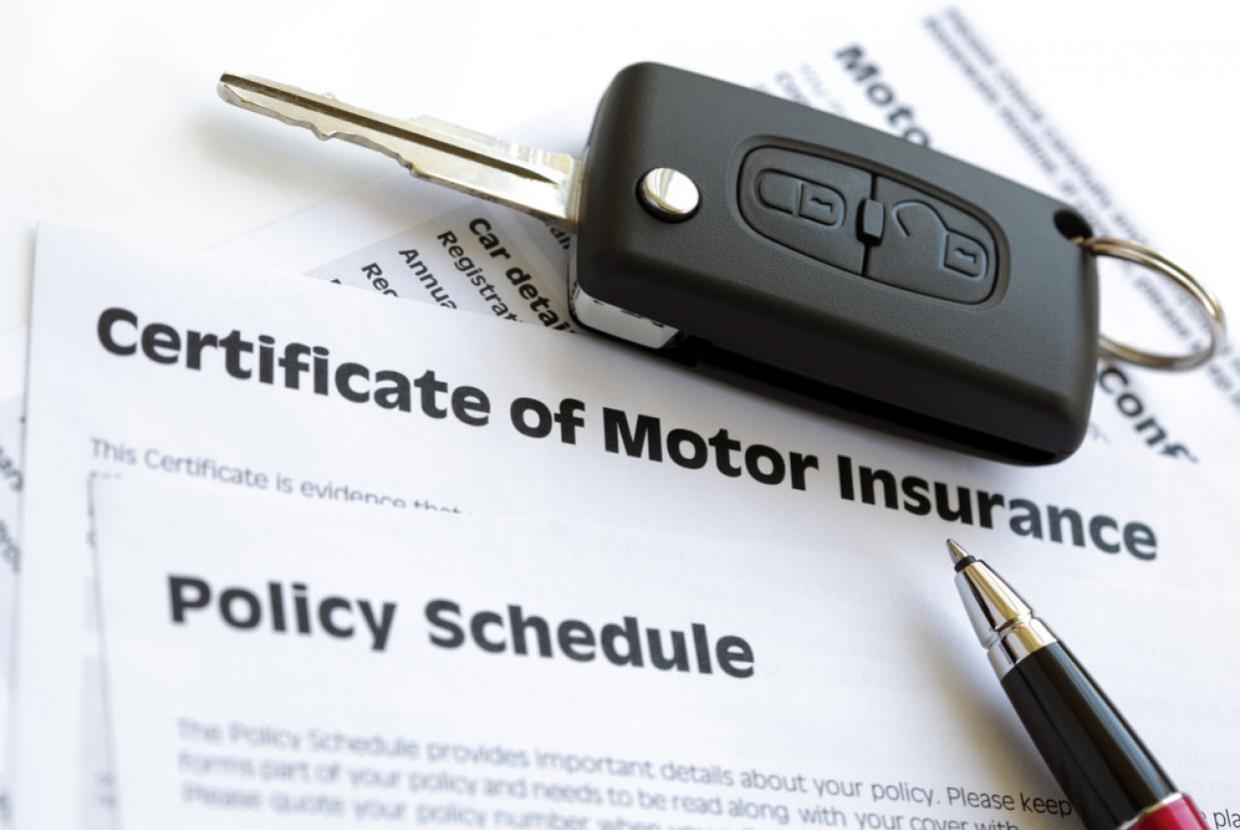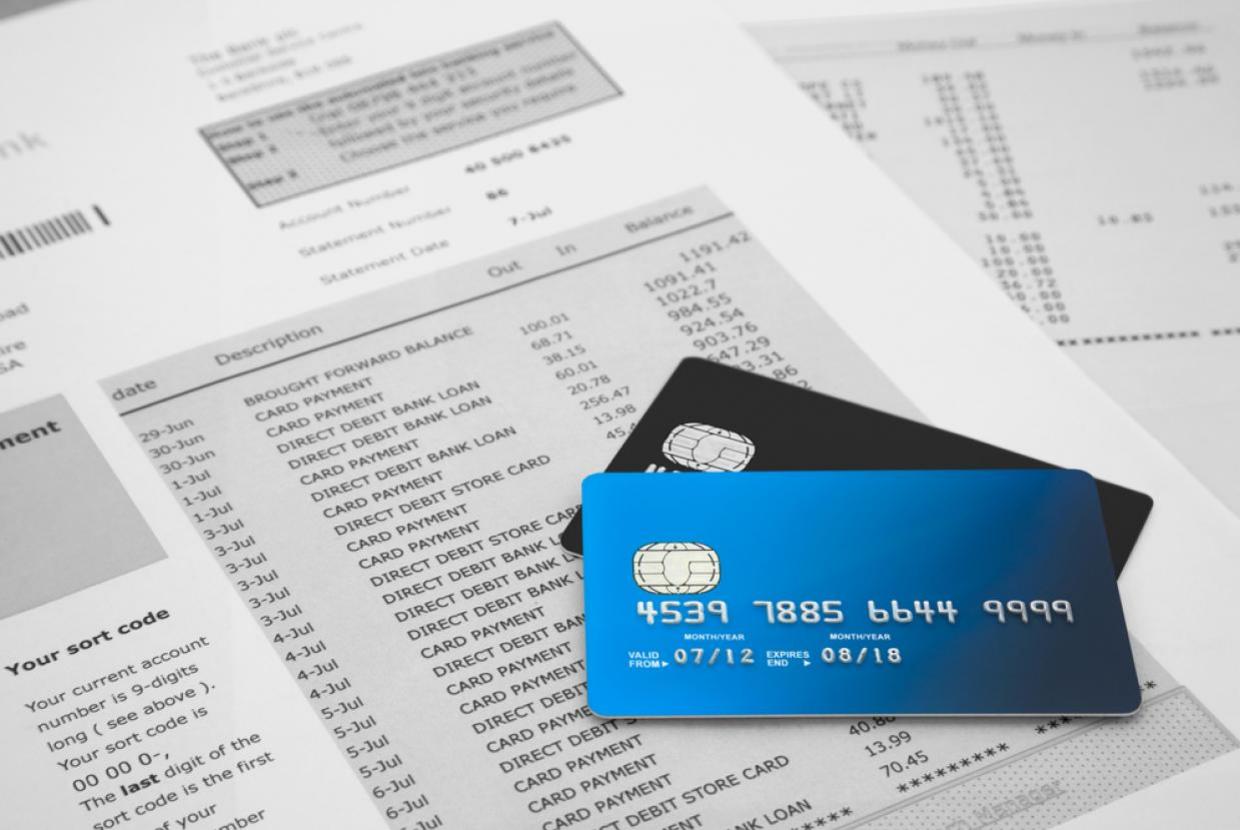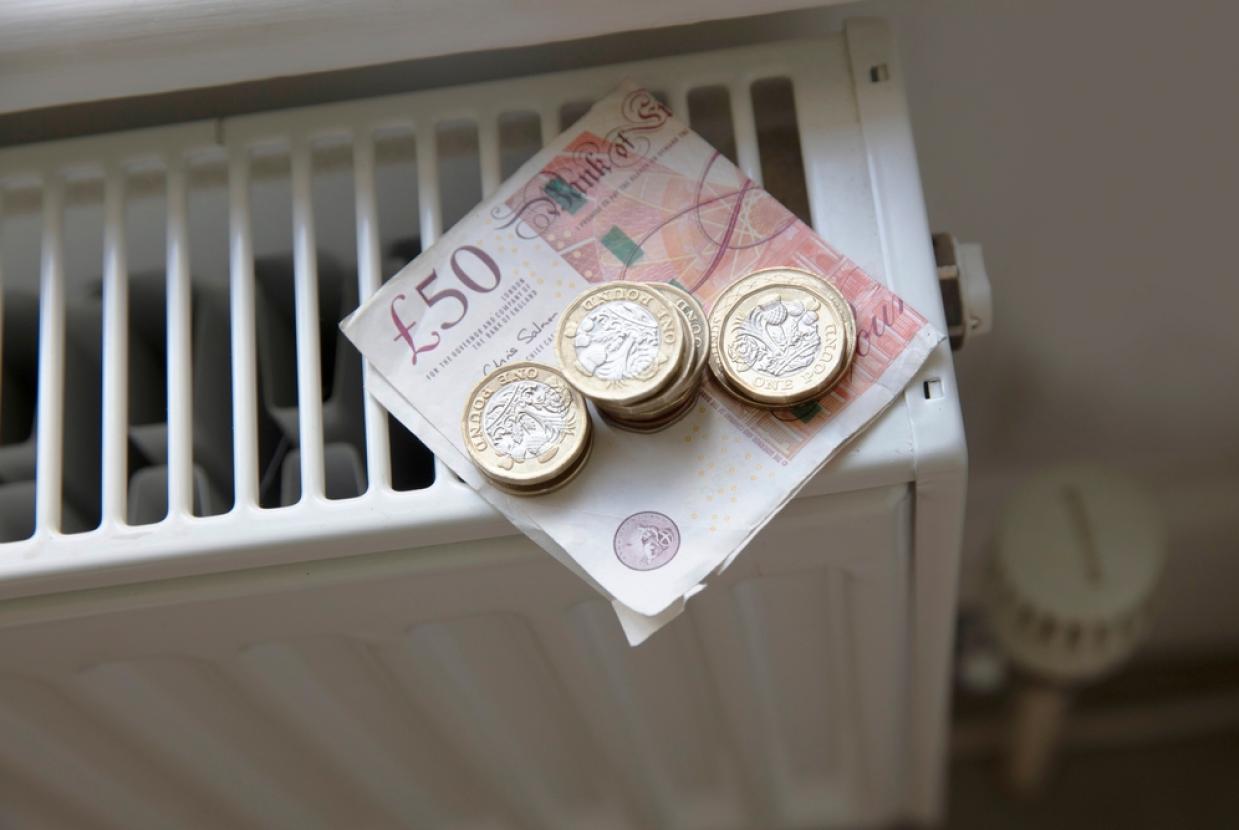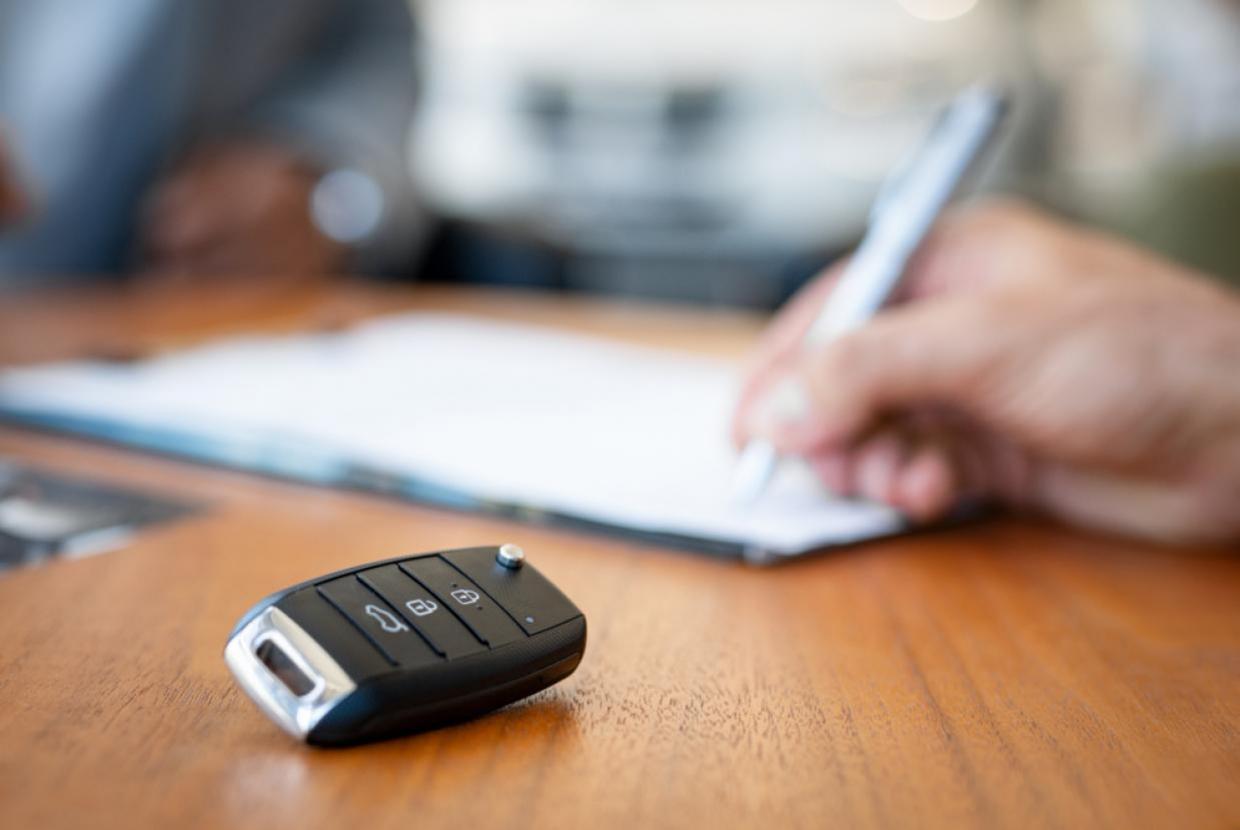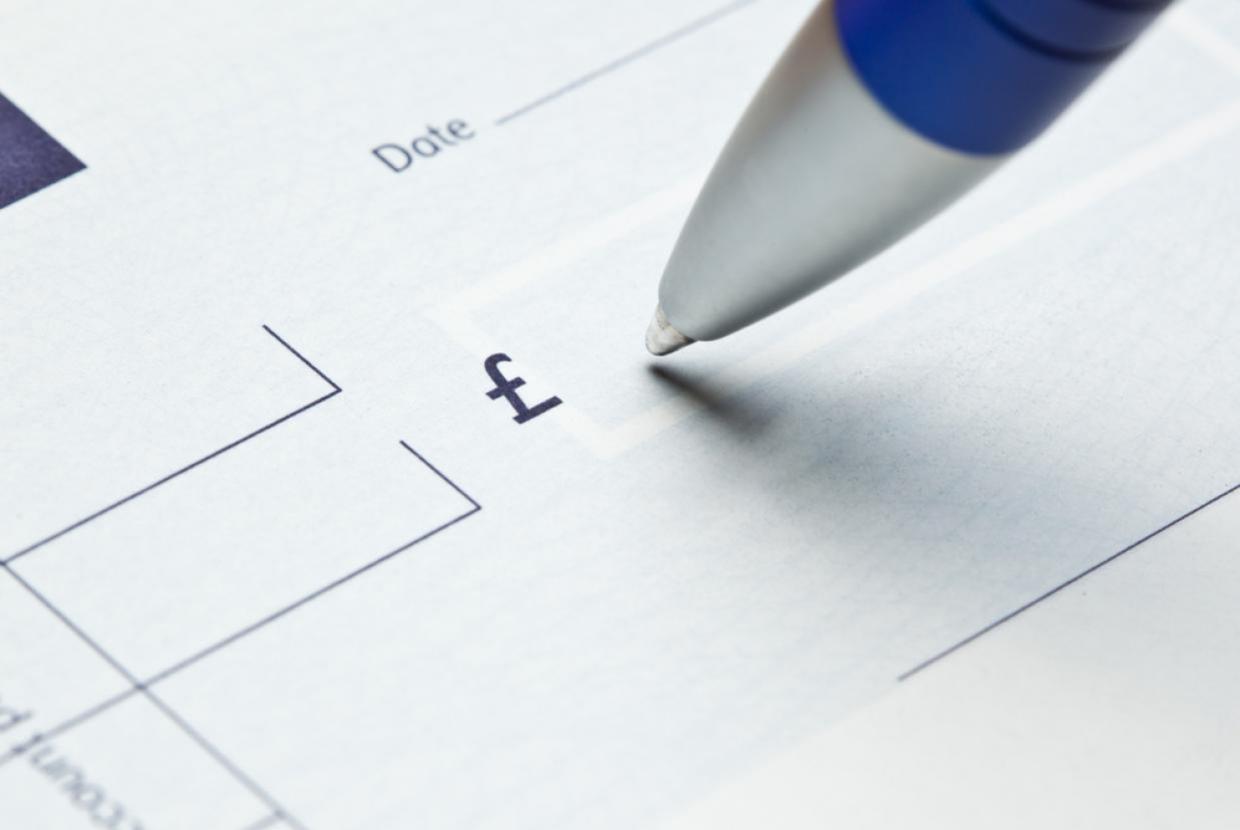What To Know About Car Insurance
If you drive, it’s a legal requirement to have car insurance. Find out the best way to buy suitable car insurance, including the different types of cover available, how to use comparison sites, where to get help and what to think about when shopping around.
Why you need car insurance
Car insurance gives you financial protection in the event of an accident. At the very least, it will cover any damage or injury you might cause to others, but you can choose insurance with more coverage.
When must your vehicle have valid insurance cover?
If you own a roadworthy vehicle, you legally need at least a basic level of cover, called third party insurance, even if you don’t drive it.
The only exception is if you officially register your vehicle as off the road, with a Statutory Off Road Notification (SORN).
Penalties for driving without insurance range from a fine and at least six points on your licence, to being disqualified from driving. You will also have your car taken off you if you’re caught by the police. To get your car back, you’ll have to provide proof of insurance and pay for storage fees.
The different types of car insurance
There are three levels of car insurance cover:
- Fully comprehensive
- Third party
- Third party, fire and theft.
Fully comprehensive
This is the highest level of motor insurance you can have. It covers you, your car and any others involved in an accident. It includes all the cover of a third party fire and theft policy, but also protects you as a driver and will pay out for damage to your car. If you’re found to be at fault, then you will have to pay the excess you agreed to when you bought your policy.
It also covers compensation for medical treatment and accidental damage to your car. You can choose to add on cover for legal expenses.
You can claim for:
- repairs after an accident
- accidental damage
- vandalism – for example, if someone deliberately scratches your car.
Comprehensive cover might mean you can legally drive other people’s cars if you have their permission.
However, this usually gives you no more than third party cover. This means you have no cover if you damage the car you’re driving if you were at fault. You can claim from the other driver’s insurance if they were found to be at fault. Check your policy details carefully on this – they’re all different. It’s important to note that even though it offers the most cover, fully comprehensive isn’t necessarily the most expensive.
Third party
This is the minimum you can legally have. It covers you for the costs of injury or damage you cause to other people or their property. But it doesn’t give you any protection if your own vehicle is damaged or stolen.
Just because it’s the least amount of cover you can have, doesn’t mean it’s the cheapest. Depending on your claim history and where you live, it could be more expensive than policies offering more coverage. So it might be suitable mainly for people who struggle to get affordable comprehensive insurance.
Third party insurance might be an option for you if:
- you don’t have a no-claims bonus
- you live in an area that’s considered high-risk for crime
- quotes for other types of insurance are much more expensive.
Third party, fire and theft
As with third party insurance, this covers other people but it doesn’t protect you if your own car is damaged. Where it differs is that it covers repairs or replacement if your car is stolen or damaged by fire. Again, it’s not necessarily cheaper than fully comprehensive cover – always compare prices.
How no-claims bonus works
This is the discount that insurers offer when you don’t claim on your policy. The discount increases with each year that you don’t make a claim. It can be generous too – the discount typically ranges from 30% after one year to 65% or more after five years. But if you have an accident and you claim for it, you generally lose two years’ worth of no-claims bonus.
If you have more than one accident in a year, you might lose all your no-claims bonus. Before you claim, you should weigh up whether it’s worth it after you pay your excess. For vandalism where it’s not clear who damaged your car, it might cost less for you to cover the cost of repairs yourself.
Some claims, like windscreen repairs, won’t affect your no claims bonus, but double check the terms and conditions of your policy to see if that applies.
Even if you don’t claim against your insurer, you will need to declare any accidents or damage when you renew your policy. Fail to do this, and the payout you’ll get for future claims could be reduced or rejected altogether.
You can protect your no-claims bonus by paying for an add-on called ‘no-claims discount protection’. This means you can make claims without it affecting your bonus.
You’re usually allowed to make one claim in one year, or two claims in three years, without losing your no-claims bonus. However, it won’t protect you from your insurance premiums rising.
How excess works
This is a fixed amount that you have to pay if you make a claim. The amount will vary, depending on the type of claim. The compulsory level of excess is decided by the insurer. But you can also increase the voluntary excess to reduce the cost of your premium.
10 ways to lower your risk and keep costs down
Make your car more secure
Making it as hard as possible for someone to steal your car reduces the risk and, in the process, is likely to reduce the insurance cost too. You can make your car secure by:
- fitting an approved alarm or immobiliser
- parking in a locked garage overnight
- using Thatcham-approved security devices.
- installing an approved tracker.
Drive a make and model from a low insurance group
Every car is allocated to a particular insurance grouping. This is based on factors such as cost, how long it takes to repair, performance and safety and security features. The lower the group it’s in, the lower the premiums.
Be accurate with your mileage
The lower your annual mileage, the lower your premium might be. But this isn’t always the case. So don’t underestimate your mileage, as your insurer might choose to give you a lower payout when you claim if they find out you’re driving a lot more than you told them.
Drive safely
Some insurers will give you a discount if you have taken a Pass Plus or advanced driving course. If you’re a careful driver, you might benefit from getting a policy that uses telematics – ‘black box’ technology – to assess the quality of your driving. Be aware that any insurance claims or points on your licence will increase your premium.
Add a second driver
Adding a second, low-risk driver can reduce the premium – even if they don’t use the vehicle much. While adding a newly qualified young driver will increase the premium. But don’t break the law and invalidate any claims by pretending the second driver is the main driver.
Pay for your car insurance annually
Insurers will sometimes charge interest if you pay by monthly instalments. If you can afford to pay upfront, you’ll save money over the year. It’s usually cheapest to buy your insurance 3-4 weeks before your policy starts. Set a calendar reminder to start looking then. If you don’t need insurance for a full year, you could try pay as you go insurance, but it can work out more expensive in the long run.
Don’t pay for what you don’t need
Check what cover you have under other financial products. For example, some current account packages include car breakdown cover. Sometimes your insurer or broker might try to sell you add-ons, such as legal expenses cover. You might be able to get these products more cheaply elsewhere, or you might not need them at all. On the other hand, if you don’t have enough coverage, it could cost you more if you need to make a claim.
Considering buying breakdown cover separately
If breakdown cover is included in your car insurance, check the price and the level of cover. You might find better cover for the same price or less elsewhere.
Protect or increase your no-claims bonus
You earn a no-claims bonus for each year you drive without making a claim on your insurance. If you’re only a named driver and not the policy holder, you usually won’t build up a no-claims bonus. If you haven’t claimed for five years or more, it might be worth paying an extra premium to protect your no-claims bonus.
Consider adding a voluntary excess to your car insurance
By adding a voluntary excess to your compulsory excess, you can lower your premium. Be aware that you’ll get less back if you make a claim – after both voluntary and compulsory excesses have been deducted. So you need to be able to afford it.
How to shop around
Take some time to research the market and compare quotes – and you should be rewarded with a better deal, this could mean cheaper prices, or more cover for your money.
This applies especially to:
- younger drivers
- people over 70
- any other drivers that insurers might consider higher risk.
Your provider will get in touch three or four weeks before the renewal date, giving you a chance to decide if you want to stick with it or find a cheaper option.
Comparison sites
Comparison sites can be a great place to get a lot of quotes from different insurers. But try to use at least two different sites, as they don’t always use the same criteria or cover the same providers. Remember, cheapest is not necessarily best. Get the right cover or your policy won’t pay out when you need it.
Insurance brokers
Comparison sites aren’t always the best way to find the cheapest deal or the most suitable cover. If you have difficulty getting insurance through comparison sites they might be a better place to look. Insurance brokers can help you get the best insurance for your circumstances, particularly if you could be considered higher risk.
Policy checklist
Some things usually come with comprehensive car insurance – but not always. They might be important to you, so check the small print of your policy carefully.
For example, check for any excess payments that would apply and the level of cover you have on:
- car stereo, speakers or sat-nav
- personal belongings that are in the car
- vehicle recovery or accident transport
- windscreen damage, and loss or theft of keys.
Other questions to ask:
- Will I be guaranteed to get a courtesy car? You might only get it if you use an approved repairer. Check how long you can keep the car – some insurers limit this cover to between 14 and 21 days.
- Do I have to use a specific repairer? Your cover might be affected if you don’t use an approved repairer. For example, some insurers limit the windscreen cover if you don’t use the approved repairer.
- Can I add named drivers? These are extra people who can drive the car under the same policy, perhaps a spouse or child.
- Is there a multi-car policy available? If you live in a household with more than one vehicle, most insurers will allow you to insure them all under one policy, with discounts for each car added.
What you need to tell your insurer
You need to give your insurance company accurate up-to-date details about yourself and your car. Failure to do this might result in your policy not being valid – and so no paying out on any claims. Plus, it might be harder and more expensive to get insurance in future.
Make sure you tell your insurer if you:
- change address
- use your vehicle for business
- get points added to your licence
- change your occupation or trade
- modify your car – for example, you install alloy wheels
- have an accident or have previously made a claim
- change your alarm system or other security, or the place where you park your car.
How to cancel car insurance
You can ask your insurer to cancel your policy at any time, but there are a few things to be aware of:
you’ll still need valid insurance if you want to keep your car on the road
you won’t earn the current year’s no-claims bonus if you cancel midway through
you’ll usually have to pay a cancellation charge, unless you’re at renewal.
If you’ve paid upfront and haven’t made a claim, you’ll receive a refund for the remaining months – minus any cancellation fees.
Ask your insurer for help if you’re struggling to pay
If you’re considering cancelling due to cost or affordability, it’s important not to cancel insurance you need – or miss a payment. Instead, contact your insurer and tell them you’re struggling.
Insurers must support customers in financial difficulty, so they’ll explain your options and ways they can help. For example, they could set up an alternative repayment plan or adjust your cover to match your needs and lower the cost.


